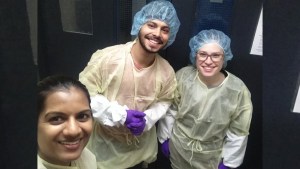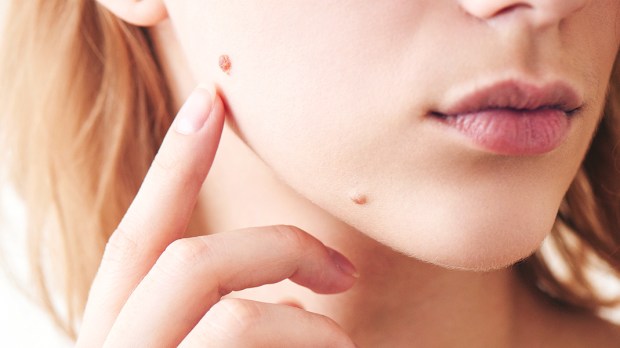When summer comes, we all head to the pool or the beach, if we can. Sunbathing seems like a blessing, and although it gives us vitamin D, it can be very damaging if we don’t protect our skin properly.
If you’re one of those women who has lots of beauty marks or freckles, you have to be even more careful, because your risk of skin cancer is even higher. According to the American Cancer Society’s estimates, 87,000 new cases of skin cancer will be diagnosed in the United States alone in 2017. But there is another number that is also very important: 90 percent of skin cancer cases can be cured if detected in time.

Read more:
Cancer breakthrough: New theory on metastasis could lead to simpler life-saving treatment
So ladies, a self-exam (as with breast cancer) is necessary and important. Dermatologists have created a method called ABCDE for learning to identify—quickly, simply, and at home—suspicious moles that could be an indication of skin disease:
Asymmetry: Normal moles should be round and symmetrical.
Border: Check to be sure the border of the mole isn’t irregular, ragged, blurred, or notched.
Color: A healthy mole is of just one color, and is homogeneous (all of the same color and tone).
Diameter: If it is larger than 6mm or about 1/4” across, get it checked by a specialist.
Evolving: This is perhaps the most important step, since you must be attentive to see whether or not any of your moles grow, become deformed, increase in volume, or change color over time. Another sign of a problem is if a mole bleeds, or if you feel itchiness or pain.
If you discover a mole that is irregular in any of these aspects, don’t panic: it doesn’t necessarily mean that you have melanoma skin cancer. However, do go ahead and make an appointment with a dermatologist so he or she can do a professional examination, and either rule out the possibility of cancer or attack the illness on time.
This article was originally published in the Spanish Edition of Aleteia.

